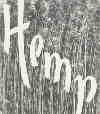
|
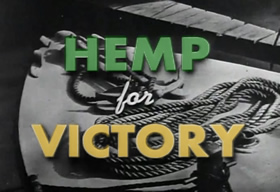 DURING THE SECOND WORLD WAR |

|
|---|
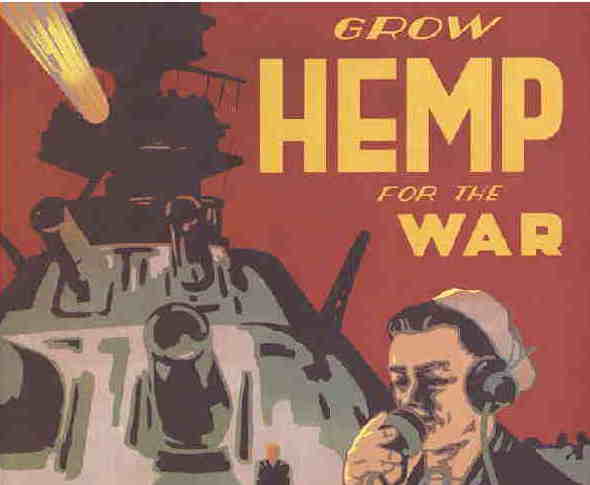
2.0 - INDUSTRIAL HEMP
-- DURING THE SECOND WORLD WAR
-- AMERICA'S HOME FRONT FOR VICTORY
As can be seen from our two websites:
www.ReeferMadnessMuseum.orgThis museum normally deals almost exclusively with the subjects of pre-World War Two Cannabis Medicines and to some extent with the forces that lead to the creation of the anti-Medical Marihuana laws. Which today is known as the Reefer Madness Hysteria Campaign.
and
www.AntiqueCannabisBook.com
As such we have given little thought to the subject concerning Industrial Hemp. However, after receiving so many inquires requesting documentation, specifically related to the Second World War’s, "Hemp For Victory" campaign, that it would be all but remiss on our part not to at least include a short section on the subject.
Please note that our purpose here will not be to provide a quick rah-rah speech about the glories of our Home Front during the war. Nor will it be about how vital our Home Grown Hemp industry was to the war effort. And yes, as the reader will soon find out, it was indeed very vital. --- Instead, what we present here should simply be seen “solely” as a (hopefully) well-documented starting point to which the reader can make reference to should s/he wish to do further research on the subject.
And actually it is quite a subject, in fact, quite a fascinating subject, but unfortunately one that has been censored right out of the history books. Thus in order to better explain the subject, which (due to censorship), some readers may have little or no knowledge about. We feel it best to start with a general over view, but then step back and look at the historical factors that led the government to turn around and (almost like turning off a light-bulb) switch from its Reefer Madness to its new "Hemp For Victory" campaign.
2.1 - WHY WAS HEMP SO IMPORTANT TO THE WAR EFFORT?
According to a newspaper account:
“The Government maintains firm control over all stockpiles of manila hemp and other hard-working fibres essential for ship's buffers, caulkings, engine packings, binder twine, bagging, tarpaulins, insulations fire hose, embarkation nets, loading baskets, hawsers, barrage balloon anchors, glider tows and landing lines. “ . . . . A new use for resin-impregnated sisal fibres is for jettison fuel tanks of airplanes: no essential metal is lost when they are dropped by planes in flight." --- Wall Street Journal - July 9, 1943 p1To which we should add:
- Military tents
- Parachute harnesses
- Military belts
- Back packs
- Track canopies
- Water resistant naval gaskets
- Socks
- Torpedo nets
- Hammocks
- Military cots
- And much, much more
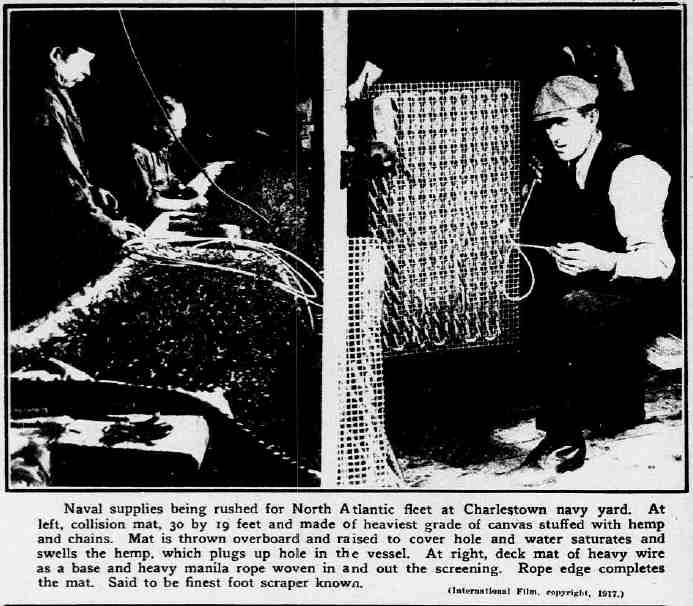
HOWEVER, in all the above cases note that there really was nothing particularly special about American Home Grown Hemp. True, as a material it does have its strengths, i.e, more resistant to mildew etc. But still, for almost any of the above uses almost any cordage material would have sufficed. And in fact, other cordage materials (before the war) were being used for those purposes.
Raw cordage materials such as:
- Imported Jute from India
- Imported Manila Hemp from the Philippines and Indonesia
- Imported sisal from Mexico
- Imported . . .
The answer was kind of simple. While we would have been all too happy to have continued to import our cordage needs, our Axis enemies saw to it that we couldn’t. And anyone who can look at a map could see exactly what happened. Imported Hemp from Italy which was an Axis power, for obvious reason was cut off. Both the Philippines and Indonesia came under occupation during the early part of the war. And with the take over of Singapore, Axis naval ships were able to greatly limit our access to Indian as well as Chinese imports. And as for imports from Mexico and Latin America, well that was a possibility, but at the time they simply couldn’t produce enough to supply the war’s complete needs.
Thus America’s only viable option during those early days of the war was to grow its own. And, given America’s geography (weather, soil, conditions, etc.), nothing else could practically be grown (in the quantities needed) other then HEMP.
But in order to understand WHY (or actually HOW) America was placed into this situation, it would probably be best to start off with a tad bit of a history lesson.
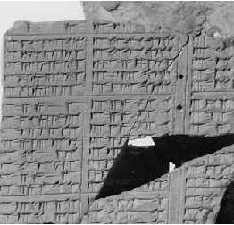
|
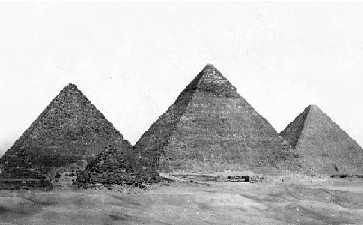 |
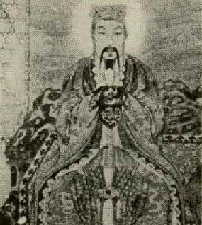
|
|---|
2.2- INDUSTRIAL HEMP
ITS HISTORICAL ROOTS:
For those with a strong interest in ancient history, at least in regards to the Hemp plant, you might be interested in our sister website. [ http://antiquecannabisbook.com/chap2B/History.htm ] Which, while dealing mostly with the medical aspects of the Hemp plant, still provides a well-documented history of the subject. Here (by definition), we deliberately limit ourselves to a simple precursor. The idea being to give the reader a better understanding of the events leading up to the second world war, or more accurately, why Hemp came to play such an important role in the war effort.
There are those who mistakenly think that Industrial Hemp just popped-up recently out of nowhere, not so. Let's begin by looking at what the Narcotics police themselves had to say (era 1930’s) about the subject.
“The hemp plant has been known since remote antiquity, having originated in Central Asia and spread into practically all countries of the world. For centuries, the fiber of the plant has been used for clothing and rope; the seed has been pressed for oil. The oldest known reference to the hemp plant is in a Chinese treatise, Rh-Ya, written in the fifteenth century B.C. That hemp contains an intoxicating principle has also been known for centuries and the first record of this fact appears in the eight century B.C.; the Assyrians used it under the name of Quonoubou. The medicinal action is mentioned in Sanscrit (sic) and Chinese medical treatises published about the beginning of the Christian era. [1]Which while the above statements are very incomplete, still it does give us an indication of just how long this plant has been grown and used for its industrial purposes. Note the Assyrian word “Quonoubou”, which sounds a lot like “Cannabis”, which itself is nothing more then the Roman word for “Canvas”, which itself was probably borrowed from . . . etc. Meaning, we are dealing with a very ancient subject here.
Next, note that the following historical description comes to us from a figure no less than that of the Surgeon General.

A PRELIMINARY REPORT ON HEMP AND PEYOTENOTE that the above (taken from the Anslinger PennState collection) was NOT written by the unwashed hippie, but by the Narc’s themselves. And while true it does contain various errors and lots of omissions, still in general it is somewhat accurate. Meaning that during the very height of the Reefer Madness campaign, even the Narc’s were acknowledging the historical significance played by Industrial Hemp in this country.
Prepared by direction of Surgeon General Hugh S. Cumming
Cultivation of Hemp (p2)
Hemp is cultivated all over the world, its culture probably originated in China from whence it spread. It is cultivated for three purposes: for the fibre, our of which rope, twine, cloth and hats are made; for the seed, from which a rapidly drying oil is obtained that is used in the arts and as a commercial substitute for linseed oil; and, for the narcotic principle contained in the resin of the dried flowering tops of the pistillate plants. The seed is also sold as a constituent of commercial bird seed.
Hemp was grown in the New England colonies for fibre used in the making of homespun. It was also grown in the Virginia and Pennsylvania colonies and cultivated at a very early date in the settlements of Kentucky from whence the industry spread to Missouri. Hemp has been grown at various times in Illinois, near Champagne; in the Kankakee river valley, in Indiana; in south-eastern Pennsylvania and in Nebraska, Iowa and California. It is now abundant as a wild plant in many localities in western Missouri, Iowa, southern Minnesota and in the southwestern and western States where it is often found as a roadside wood. It is not know when the plant was introduced into Mexico and the southwest, but probably along with the early Spanish settlements. It was introduced into Chile in the 16th Century.
The early cultivation of Hemp in the United States was of the small European variety but this has been replaced since 1857 by the larger Chinese hemp. Practically all the seed for present day American hemp culture is grown in the Kentucky river valley.
A great deal of hemp fibre was produced in Russia, formerly the principal source of American importation. Most imported hemp of today however, comes from Italy. The use of Hemp fibre in the manufacture of rope in this country has been replaced almost entirely by Abaca or Manila fibre derived from a species of banana plant. The preparation of hemp fibre however, is a tedious and difficult task, therefore, other crops have been found more profitable . The advent of the cotton gin made cotton, the fibre of choice, and made the cultiure of hemp fibre relatively more expensive to produce.
Approximately 2400 acres of fibre hemp was grown in the United States in 1926, 1700 of which was cultivated in Wisconsin and about 300 acres in northern Illinois. A small amount was grown in Kentucky and in other parts of the country. The cultivation of fibre hemp is not now an extensive industry in the United States.
. . . . China is the greatest source of the of the hemp seed imported into the United States. The active narcotic principle does not seem to exist in the ripe seeds but in the pods containing the dried resin. Hemp is grown for the seen in the Kentucky river valley, usually in small patches. It is a native industry. The dust contained from the dried pods is sold to pharmaceutical manufacturers from which the drug “cannabis sativa” is obtained. The smoking of hemp in this area of Kentucky where the plant is cultivated for seed is apparently not practiced. . . .more [2]
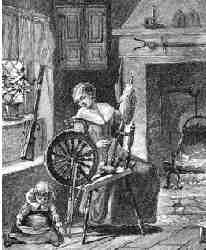
|
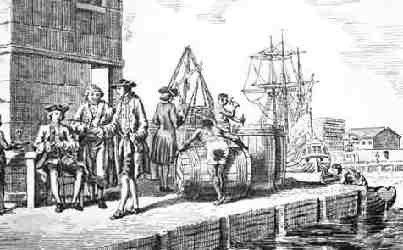 |
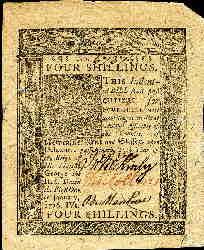
|
|---|
SECTION 2.3
INDUSTRIAL HEMP
IN THE COLONIES
Many people are unaware that at one time Industrial Hemp growth was so vital to our economy that during colonial times it was even against the law NOT TO GROW IT. [3] That’s right; ---AGAINST THE LAW NOT TO GROW HEMP, --- if you didn’t grow the marihuana plant, you could be treated by the law as a criminal.
Which brings up a couple of very good questions. As Hemp (the plant) itself was not native to the New World, how and even more importantly “when” did the plant make its way to the Americas? The truth be told (after years of research into the matter), we don’t know. However it is interesting to note what a real hard core Reefer Madness case out of Mississippi (Lew Wallace by name) had to say on the matter:
And from what we’ve been able to decipher, he's probably right. It probably did come on the Mayflower and soon it became one of the most important crops being grown in the colonies. So important that in some of the colonies, it even became a criminal offense not to grow it. While in others financial incentives were offered to induce farmers to grow it. -- But here the reader should take our word for it that the colonial governments were not doing this for the sake of the (ah) unwashed hippie. But instead due to hemp’s vital commercial as well as (in an age of sailing ships) military significance.
Proof of that lies in George Washington’s famous quotation; “Hemp Grow It Everywhere” [5], and yes he was a Hemp grower. And Yes, Thomas Jefferson (who was probably also a Marihuana smuggler) did invent/create an agricultural instrument to assist with Hemp production, etc. [6]
Thus, as one can imagine, the subject of Hemp growth in the colonies would require a whole sub-section all to itself. Something way beyond the scope of this dissertation. However, for those of you who are interested in the subject, our sister websites (see footnotes) do a pretty good job of documenting these facts.
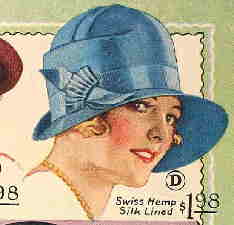
|
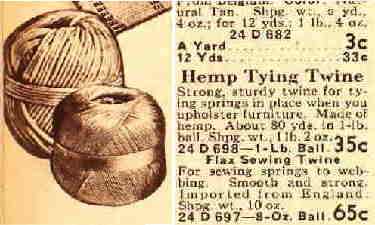 |
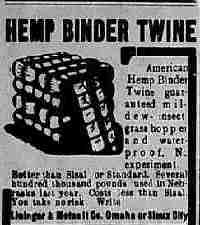
|
|---|
SECTION 2.4
INDUSTRIAL HEMP
ITS PRE-WAR IMPORTANCE:
Although given today’s drug laws (not to mention official censorship), its easy to forget the very vital role that our nations Home Grown Hemp Industry played in this country's economic development. An importance so vast that it would require volumes upon volumes of agricultural as well as economic works, just to even cover the very basics of it. A task that for us here, especially given the limited scope of our subject matter would obviously present itself as an almost impossible task. : Yet, it would also be remiss on our part, not to at least provide the reader with a basic understanding of the subject at hand. Thus, we have chosen to simply present some examples of products what were manufactured from Hemp. Allowing those hemp products, that were used by the average American family at the time, to speak for themselves. We do this by reprinting some old (1890’s) and some newer (1990’s) advertisements for products made from hemp and allow the reader to come to their own conclusion about Hemp’s past and even present-day importance.
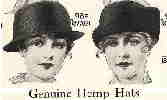
|
FOR HEMP MERCHANDISED |
|---|
===============
FOOTNOTES
[1]- Marihuana - History, Definition and Chemical Properties - as per PennState University archives (Box 9, File 28) of the Anslinger collection.
[2]- A Preliminary Report on Hemp and Peyote by Surgeon General Hugh S. Cumming (1920/30’s report) - as per PennState University archives (Box 9, file 61)
[3]- Our sister web-site does a great job of documenting this fact:
http://reefermadnessmuseum.org/chap04/Virginia/VA_IndHempP1.htm
[4]-Quoting the Hattiesburg American 1938-10-14p3 (newspaper)
http://reefermadnessmuseum.org/chap04/Mississippi/NewspaperMississippi.htm
[5]- http://reefermadnessmuseum.org/chap04/Virginia/VA_IndHempP2.htm
[6]- http://reefermadnessmuseum.org/chap04/Virginia/VA_IndHempP3.htm
WANT TO KNOW MORE:
=====================
Due to space / download time considerations, only selected materials are displayed. If you would like to obtain more information, feel free to contact the museum. All our material is available (at cost) on CD-Rom format.
CONTACT PAGE
 FOR VICTORY PRIVIOUS SECTION |
 |
 FOR VICTORY NEXT SECTION |
 BACK TO MAIN PAGE GROWING HEMP DURING THE WAR |